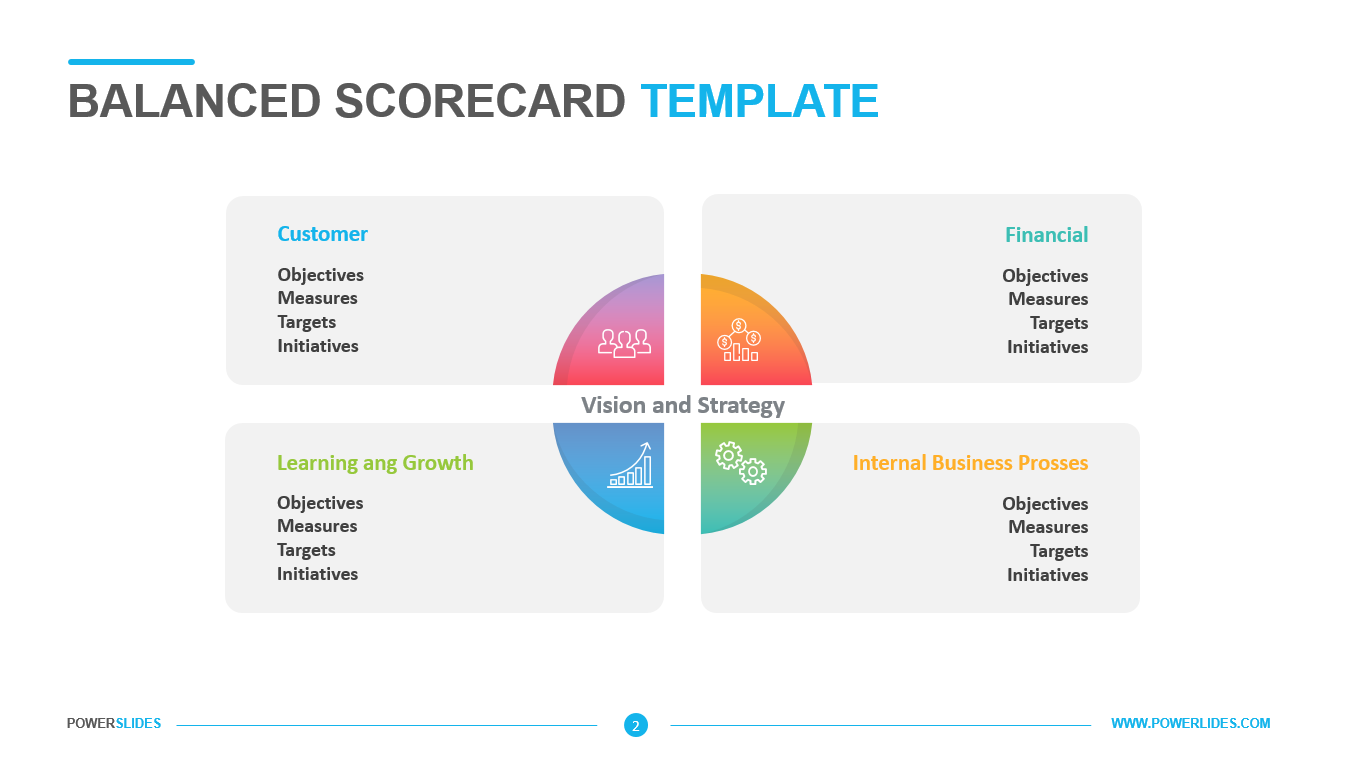A balanced scorecard is a performance metric used to identify, improve, and control a business's various functions and resulting outcomes. It was first introduced in 1992 by David Norton and Robert Kaplan, who took previous metric performance measures and adapted them to include nonfinancial information. The balanced scorecard involves measuring four main perspectives of a business: learning and growth, business processes, customers, and finance.
The four basic perspectives
Financial
Advertisment
The high-level financial objectives and financial measures of the organisation that help answer the question, “How do we look to our shareholders?” Financial objectives are usually the easiest to define and measure. However, creating a financial objective, for example, Improve Profit, rarely provides a clue as to how to achieve the objective. By linking objectives from the lower levels in the model, we begin to see exactly where to define projects and make investments.
Customer
Objectives and measures that are directly related to the organisation’s customers, focusing on customer satisfaction. To answer the question, “How do our customers see us?” It is always important to take a step outside and view your company or organisation from your customers view point. You need to understand what they want from you, not necessarily, what you can do for them.
Internal Processes
Mainly focus on the value delivery process. Objectives and measures that determine how well the business is running and whether the products or services conform to what is required by the customers, in other words, what should we be best at? Some of the biggest cost items can be reduced by streamlining internal processes. This is also the best area to focus on new and creative ideas.
Organisational Capacity
Objectives and measures concerning how well our people perform, their skills, training, company culture, leadership and knowledge base. This area also includes infrastructure and technology. Organisational Capacity tends to be the area where most investment takes place. It answers the question, “How can we improve and create value?”
Now we have a bit of a background and the pillars of a scorecard. Here is an excel template designed and distributed by Industrial Psychology Consultants which you can download and refer to whilst you follow a few notes below.
Link to template: Balanced Scorecard template
Key Notes
- The template is applicable in any industry and can be used by professionals at various employment level.
- It can be used for strategy implementation as your performance management seeks to drive your strategy.
- The template shows basic information of the owner and the scorecard itself that is owner’s name, position, reporting period (period to be covered).
- The template allow any number of goals and measures but it’s for the user to watch out because too many goals indicate poor understanding of what exactly you want to achieve.
- The template provide tabs for getting started guide and action plans section.
- Flagging capabilities: The system flags total allocated weight if it’s not equal to hundred, if performance levels require attention.
- Provides a summary. Performance summary and the balance of the scorecard.
- Users indicate on each measure the unit of measurement, base target, stretch target, reporting frequency, target period.
Good news is that IPC developed a Performance Management System which extends this template. Any valuable aspect from this template is represented in the automated System. The system is being offered as Software as a Service.
Link to demo https://performancemanager.online/
Here are some of the powerful features added:
- Nudge Engine: Customizable alerts and reminders to individuals via emails.
- Super reports: Filterable, downloadable reports in different formats that is pdf, word, excel etc.
- Performance tracing: Management can trace pathways of performance gaps at a glance.
- Data analysis: Statistical relationships can be derived from the system. Correlation tables and automatic strategy map.
- Performance conversations: Supervisors and subordinates can start conversations and performance improvement plans from various corners of the system.
- Security: Scorecards locking reduces the risk of individuals changing agreed targets over time.
- Dashboards: Management can view performance levels at a glance depending on level.
For more information, you can contact bis@ipcconsultants.com
You can book a free demo for the system and enhance your performance management. The best time to start is now.
Nyasha D Ziwewe is a Business Consultant and Systems developer at Industrial Psychology Consultants. Email: nyasha@ipcconsultants.com. Mobile 0783462251. LinkedIn: Nyasha D Ziwewe.
